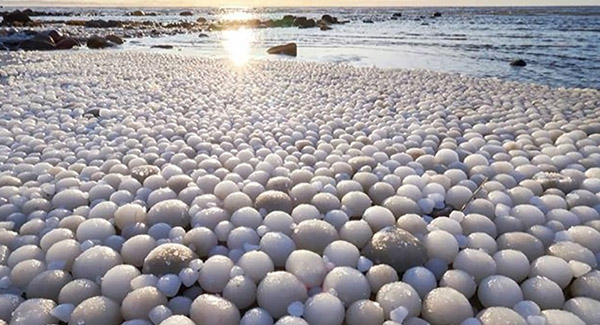Gold in Western Australia was first identified in ore specimens from the Murchison lead and copper deposits after being assayed in Adelaide in 1848. During 1852-53, shepherds and early prospectors discovered rich specimens of gold-bearing material in the eastern regions, but later found difficulties of tracing back the exact locations of their discoveries.
In 1854, specks of gold in quartz were found in Bowes River in the Murchison district in the Mid West region by the English explorer and surveyor-general Sir Augustus Charles Gregory. Prior to his visit in the area, he had reportedly debunked an earlier recorded gold discovery near Perth which actually turned out to be yellow mica.
In 1861, Joseph Anderson Panton found several rich specimens of gold-bearing quartz near Northam; and in 1882, a gold nugget weighing 14 ounces was picked up by Mr. A. McRae while traveling to the gold rush town of Roeburne in the Pilbara region.
In 1885, Jack Slattery and Charles Hall stumbled over gold just about everywhere in the area of Hall’s Creek and the Elvire, Margaret, and Ord Rivers, all of which are situated in the Kimberley region. The find triggered the Kimberley Gold Rush in the spring of 1886.
In the following year, attention was shifted in the town of Southern Cross in the Shire of Yilgarn and the Central Yilgarn Craton, where the precious metal was found by Harry Francis Anstey and party. The field sparked the Yilgarn Gold Rush, which commenced in 1888.
The area’s notable mines were the Fraser’s Mine, Marvel Loch Mine, the Big Billy Copper-Gold Prospect, Yarlarweelor open pit gold mine; the numerous diggings around Kanowna, and the open cut Copperhead Mine at Bullfinch. Prospecting also occurred up north at Mt. Jackson west of Koolyanobbing, and Mt. Manning, where rock formations yielded gold and associated ores.

Rich gold discoveries occurred at the Mallina and Pilbara Creeks around 1887. Later, the gold fields of the Shires of Yalgoo in the Murchison district and Ashburton in the Pilbara region were established, producing some exceptional gold nugget discoveries.
In July 1891, gold was discovered in the Mt. Magnet region, where rich alluvial or placer deposits were mined over the Poverty Flats mining site and Hill 50 Mine — Australia’s deepest gold mine.
The small town of Cue, also known as the Queen of the Murchison, was the site of the Murchison Gold Rush of 1891. Today, the towns of Meekathara and Cue in the Gascoyne-Murchison area have become popular spots for gold prospecting and fossicking. Metal detecting is the preferred method of searching for gold nuggets here.
In 1892, the Coolgardie Goldfield was discovered by Arthur Bailey and William Ford, who both obtained over 500 ounces of gold in their first explorations into the area. Eventually, the Bailey’s Reward Gold Mine became one of the richest mines in the state. In May 1893, a group of miners led by Billy Frost and Jack Bennett discovered alluvial gold deposits at Goongarrie, formerly known as 90-mile, which was actually its distance from Coolgardie.
By the following month of June, prospectors Paddy Hannan, Tom Flanagan and Daniel Shea recovered 100 ounces of alluvial gold at Mount Charlotte. Their registered claim quickly sprang up a town which was initially called Hannans and later Kalgoorlie. Kalgoorlie is in the heart of Western Australia’s goldfields, where its rich alluvial gold deposits had been largely worked out by independent miners. But the discoveries of deep gold lodes and rich telluride minerals in the late 1890s at nearby Boulder gradually dislocated the autonomous miners.
By 1902 deep underground mining of payable gold 1500 feet below the surface became the norm with the Great Boulder Mine. Later, Boulder mining leases were known as The Golden Mile, and by all accounts, the area contained the some of the world’s richest known gold reserves.
After the discoveries in the Kalgoorlie-Boulder goldfields, gold was discovered in August 1894 by the Sinclair brothers in Norseman. It was once Western Australia’s second richest goldfield, next to the Golden Mile of Kalgoorlie. The Norseman Mine is Australia’s longest operating gold mine ran by the Sons of Gwalia. Today, Norseman is a small, sprawling town driven by mining and tourism and dominated by a huge tailings dump.
Over the years the Western Australian goldfields have continuously produced the precious yellow metal, including some of the largest natural gold nuggets ever found on Earth. Even in the famous gold-bearing areas of Western Australia, most of the gold is much smaller in size, but gold nuggets can still be found in these well-known gold districts.



